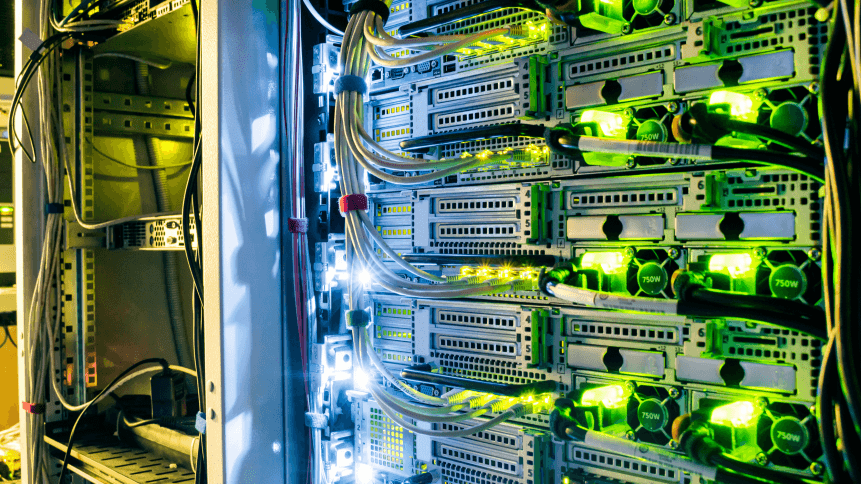Could SDN services future-proof businesses?

- Software-defined networks and related technologies are high on the corporate agenda
- Enterprises are moving from pilot tests of SDN solutions to commercial-scale deliveries
- Enterprises are increasingly focused on migrating IT and network operations to the cloud
The concept of a software-defined network (SDN) enables the programming of network behavior in a centrally-controlled manner through software applications. Implementing an SDN service allows operators to manage an entire network and its devices consistently, regardless of the underlying network technology.
By centralizing the controller or service and opening the application programming interface (API), as well as using software to program the network, SDN also helps eliminate manual processes, configuration inflexibility, and latency challenges associated with device-centric networking.
According to a new report published by the Information Services Group (ISG), enterprises globally are looking to transition from traditional networking technologies to SDN services to help reduce costs, migrate operations to the cloud, improve response times, and overall customer experience.
The report suggests that the adoption of SDN and related technologies top corporate agendas with many enterprises now actively moving from pilot tests to commercial-scale deliveries of SDN solutions.
It is said that together with the adoption of cloud technology, the enterprise, technology, and service provider communities are seeing significant rapid changes from transitions to SDN.
Director and global leader of ISG Provider Lens Research – producers of the study – Jan Erik Aase said, “SDN technologies allow the delivery of agile, flexible and cost-effective connectivity to support the digital roadmaps of corporate business transformation,” before adding, “ Enterprises are looking to adopt SDN technologies as a way to future-proof their business models and reduce risk.”
Driving transition
Several factors are driving the transition to SDN technologies, not least is the increased focus by enterprises on migrating their IT and network operations to the cloud. This is due to SDN being capable of enabling low-risk migration to cloud environments by making processes less complex.
SDN solutions have been hugely successful thus far in helping enterprise IT teams to achieve more simplified, centralized, and agile operations, and are now focusing on these beneficial aspects as part of their overall strategy in successfully supporting digital transformation goals. These goals are said to have led to software-defined networking in a wider sense to also incorporate network function virtualization (NFV).
According to the International Data Corporation (IDC), data center SDN global market forecasts estimate that SDN controller software was worth US$1.2 billion in 2018 and is expected to grow to US$2.8 billion in 2023. In a similar fashion, SD-WAN is showing even faster growth from US$1.3 billion in 2018 to US$5.2 billion in 2023.
What’s more, It has been predicted that by 2021, over two-thirds of data centers will either fully or partially adopt SDN, while SDN and NFV are expected to transport 44% of traffic within data centers, from its current 23%.
Looking ahead
In a survey of over 2000 IT leaders and network strategists, Cisco’s 2020 Global Networking Trends found that more than 64% of organizations have deployed controller-based automation in their data centers with 58% having already adopted SD-WAN technologies.
YOU MIGHT LIKE

Is this a breakthrough for safety-critical ML?
The huge growth in multimedia content, together with the explosion of cloud computing, and the impact of increasing mobile usage, mixed in with continuous business pressures to reduce costs – while revenues are flat-lining – are all brewing to make a perfect storm to wreak havoc on traditional business models.
For organizations looking to improve network efficiency, SDN services allow traffic to be routed over lower-cost connections automatically with little human intervention through software-defined pathways.
In a period of global uncertainty, these latest developments are to be expected. SDN providers stand to serve a variety of organizations with the means to improve customer experience by rapidly providing new services to boost sales and add new customers.
The concern for most organizations moving forwards, however, will be how they can truly capitalize on the potential financial benefits by integrating fully customized SDN architecture to meet specific business needs to communicate and apply a consistent policy across all domains.








